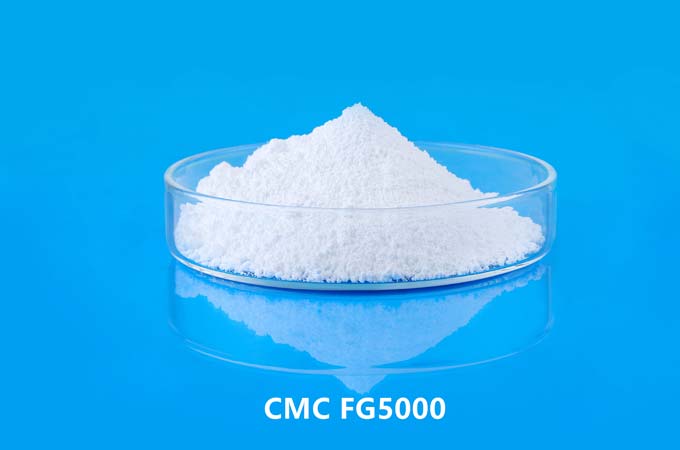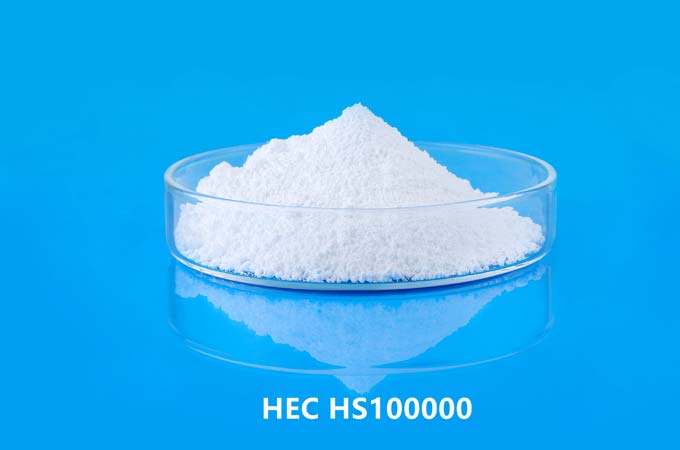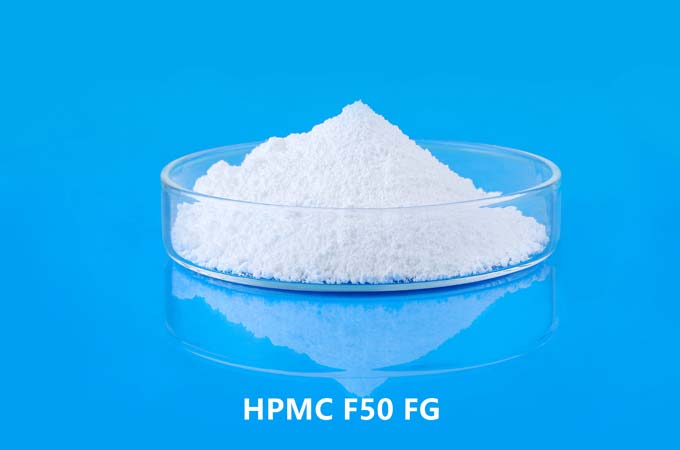1. Hydroxypropyl Methylcellulose HPMC
Hydroxypropyl methylcellulose is a non-ionic cellulose mixed ether made from refined cotton after alkalization, using propylene oxide and methyl chloride as etherification agents, and through a series of reactions. Its properties are different according to the ratio of methoxyl content and hydroxypropyl content.
(1) Hydroxypropyl methylcellulose is easily soluble in cold water, and it will encounter difficulties in dissolving in hot water. But its gelation temperature in hot water is significantly higher than that of methyl cellulose. The solubility in cold water is also greatly improved compared with methyl cellulose.
(2) The water retention of hydroxypropyl methylcellulose depends on its addition amount, viscosity, etc., and its water retention rate under the same addition amount is higher than that of methyl cellulose.
(3) The viscosity of hydroxypropyl methylcellulose is related to its molecular weight, and the larger the molecular weight, the higher the viscosity. Temperature also affects its viscosity, as temperature increases, viscosity decreases. However, its high viscosity has a lower temperature effect than methyl cellulose. Its solution is stable when stored at room temperature.
(4) Hydroxypropyl methylcellulose is stable to acid and alkali, and its aqueous solution is very stable in the range of pH=2~12. Hydroxypropyl methylcellulose is stable to common salts, but when the concentration of salt solution is high, the viscosity of hydroxypropyl methylcellulose solution tends to increase.
(5) The adhesion of hydroxypropyl methylcellulose to mortar construction is higher than that of methylcellulose.
(6) Hydroxypropyl methylcellulose has better enzyme resistance than methylcellulose, and its solution is less likely to be degraded by enzymes than methylcellulose.
(7) Hydroxypropyl methylcellulose can be mixed with water-soluble polymer compounds to form a uniform and higher viscosity solution.
2. Methylcellulose MC
Methyl cellulose is made of cellulose ether by treating refined cotton with alkali, using methane chloride as etherification agent, and going through a series of reactions. Generally, the degree of substitution is 1.6~2.0, and the solubility is also different with different degrees of substitution. It belongs to non-ionic cellulose ether.
(1) The water retention of methyl cellulose depends on its addition amount, viscosity, particle fineness and dissolution rate. Generally, if the addition amount is large, the fineness is small, and the viscosity is large, the water retention rate is high. Among them, the amount of addition has a great influence on the water retention rate, and the level of viscosity is not directly proportional to the level of water retention rate. The dissolution rate mainly depends on the degree of surface modification of cellulose particles and particle fineness. Among the above cellulose ethers, methyl cellulose and hydroxypropyl methyl cellulose have higher water retention rates.
(2) Changes in temperature will seriously affect the water retention rate of methyl cellulose. Generally, the higher the temperature, the worse the water retention. If the mortar temperature exceeds 40°C, the water retention of methyl cellulose will be significantly reduced, seriously affecting the construction of the mortar
(3) Methyl cellulose is soluble in cold water, and it will be difficult to dissolve in hot water. Its aqueous solution is very stable in the range of pH=3~12. When the temperature reaches the gelation temperature, gelation occurs.
(4) Methyl cellulose has a significant effect on the construction and adhesion of mortar. The "adhesion" here refers to the adhesive force felt between the worker's applicator tool and the wall substrate, that is, the shear resistance of the mortar. The adhesiveness is high, the shear resistance of the mortar is large, and the strength required by the workers in the process of use is also large, and the construction performance of the mortar is poor. Methyl cellulose adhesion is at a medium level in cellulose ether products
 English
English 日本語
日本語 français
français Deutsch
Deutsch Español
Español italiano
italiano русский
русский português
português العربية
العربية Türkçe
Türkçe Nederland
Nederland



